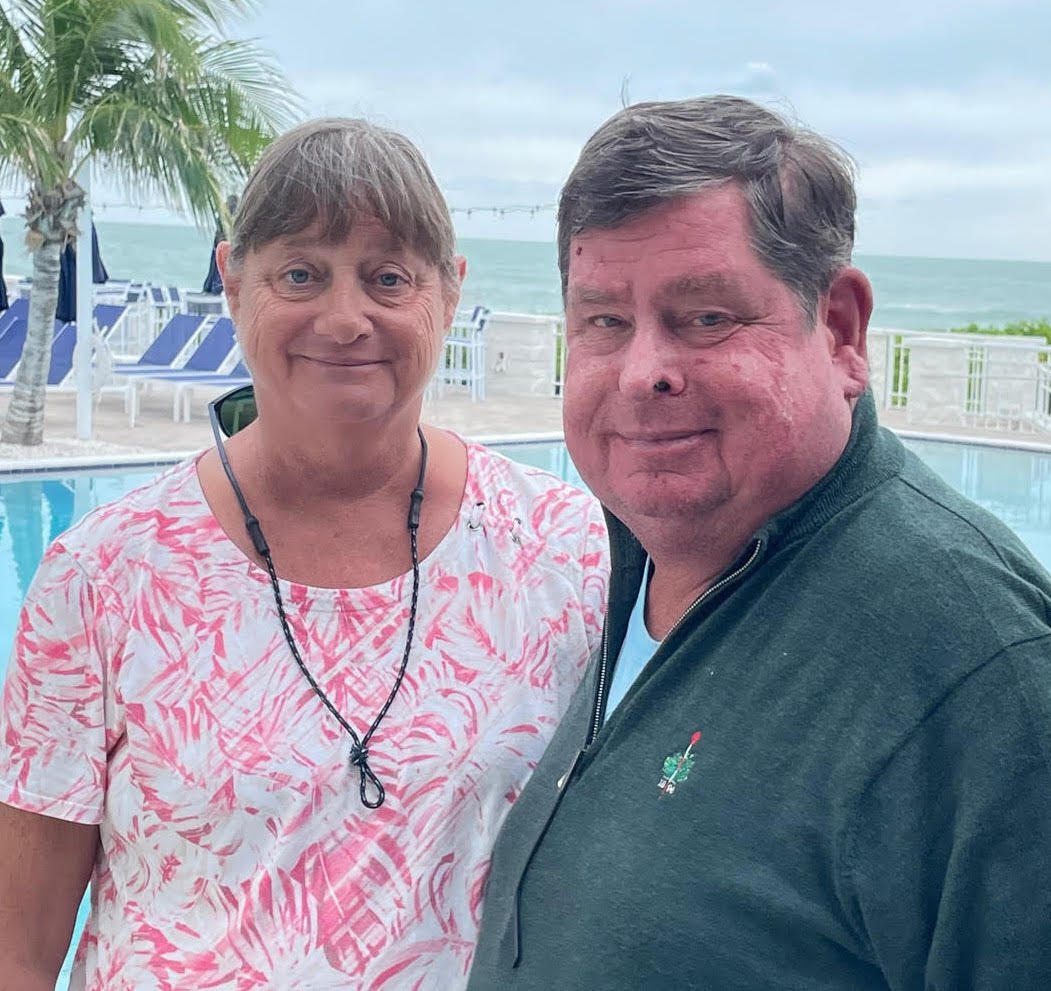For the Love of Science, and EA
“I was always in love with science,” recalls Bruce Stone ’76. “And my science teacher, George Hebard, created a pathway for me to do it more. Growing up, I was a space junkie and dreamed of being the next Jacques Cousteau. George gave me a way to channel that. So the moment I decided I wanted to become a science teacher, returning to EA was my ultimate goal.”
Stone realized his goal in September 1984, when he joined the Episcopal faculty. In some ways, Stone was continuing a family tradition: his uncle, Andrew "Randy" Stone ’43 also taught at EA for decades. Stone jokes that at graduation and other academic processions, they would form a “Stone sandwich,” with Stone ’76 at the front of the line and Stone ’43 at the end of the line as befit his seniority. Faculty members Bruce and Randy are also not the only Stones to be part of the Episcopal community. The family’s legacy spans three generations and includes Bruce’s children B.J. ’05 and Amy ’08.
Bruce’s wife Sue reflects warmly on the couple’s lifelong engagement with the Episcopal community. “It was an academic world, but also a family world, and that was where I was and continue to be. Because you know, from the very beginning, an EA person is a lifelong EA person.”
When the school moved from Merion to Newtown Square, closer to where the Stones lived, Sue spent even more time on campus and was involved in parent and volunteer roles. It was Sue, says Bruce, whose long-term vision and commitment to the school kept the idea of endowing a science chair at Episcopal on the couple’s radar. “It was always a plan to do something of significance down the road,” says Sue. “We just had to wait for the right time. Bruce always wanted to be a part of the future of Episcopal. Establishing the Stone Family Science Chair means that there will be no end to his relationship with the school. He will still be part of it and contribute to its greatness moving forward.”
Bruce concurs. “When you begin with something so good, the potential to make it great is simple,” he concludes.

